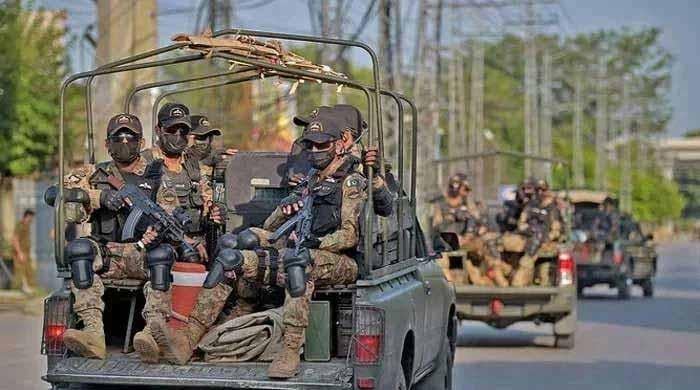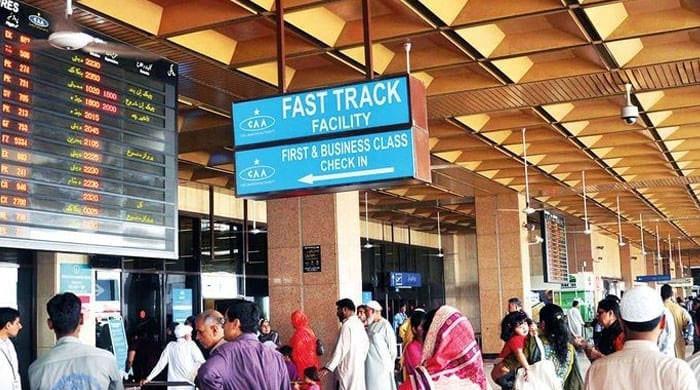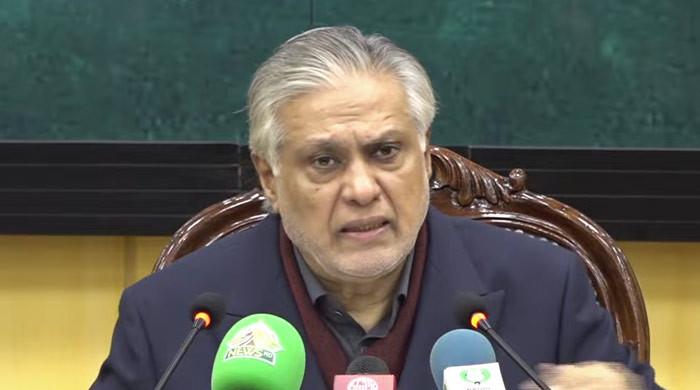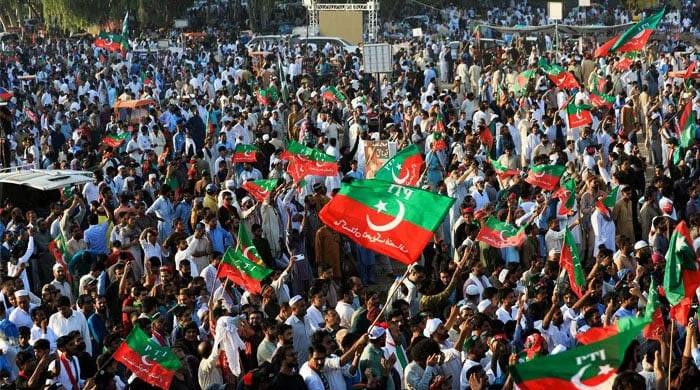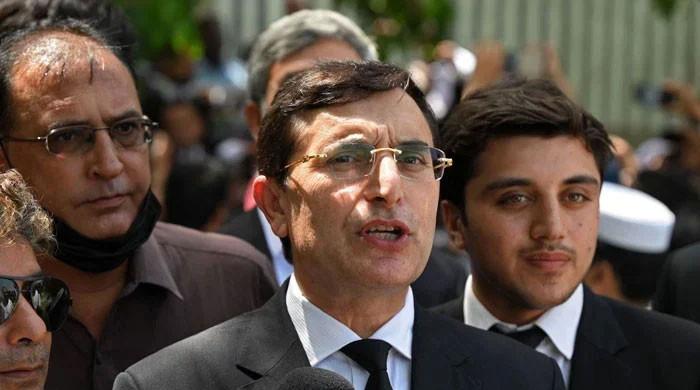Pakistan's auto sales expected to go up in 2022 amid tax relief
Auto financing increased to Rs346 billion by October 2021, surging 44% year on year, observe experts
December 26, 2021
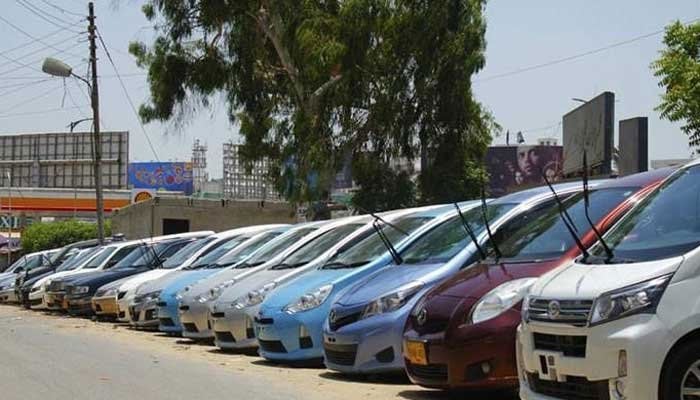
- Auto sector in Pakistan expected to register robust growth in 2022 due to relief in taxes, duties by government.
- In first 11 months, auto companies registered with PAMA sold 210,048 units as compared to 110,540 units in the same period last year.
- Volumes of two-wheelers increased by 30% year on year to 1,707,348 units in first 11 months of calendar year 2021.
KARACHI: Following the recent duty and tax incentives for the auto industry in Pakistan, the sector is expected to register robust growth in 2022, say experts
Despite the looming economic challenges, experts foretell an increase in the coming year as the auto sales jumped around 90% during the first 11 months of the calendar year in 2021, The News reported.
In the first 11 months, auto companies registered with Pakistan Automotive Manufacturers Association (PAMA) sold 210,048 units as compared to 110,540 units during the same period last year.
“2021 saw a pickup in the economic activity resulting in higher demand for automobiles,” said analyst Arsalan Hanif, adding that a lower policy rate during the year helped car sales in the country.
Auto financing increased to Rs346 billion by October 2021, surging 44% year on year.
“But the high percentage increase in the auto sales in 2021 was due to low base effect. The year 2020 had been badly affected by the pandemic,” Hanif added.
In an effort to give a boost to the auto sector and provide affordable cars to the public, the government reduced taxes, decreasing FED on vehicles across the board and reducing sales tax for cars below 1000cc cars, which resulted in a reduction in car prices whereas increase in sales.
The current year saw the launch of new car models in the country namely Honda City, Changan Alswin, Proton Saga, X70, Hyundai Elantra, Sonata, KIA Sorenta and Stonic.
Meanwhile, volumes of two-wheelers increased by 30% year on year to 1,707,348 units in the first 11 months of the calendar year 2021 compared to 1,317,635 units during the same period last year. Motorcycle sales were led by Suzuki up by 93% to 29,192 units, Atlas Honda 42% to 1,237,631 units, and Yamaha up by 27% to 19,362 units.
However, market sources say the cheapest automobile option – the Chinese 70cc bikes’ sale has dropped during the year. Experts link it financial struggle of the low-income group as well as rising inflation in the country. Meanwhile, the volume of three-wheelers also dropped by 10% year on year to 41,555 units.
At first, in the current year, the appreciating rupee had kept automobile prices in check despite the rising raw material cost and higher freight charges. The government also expected car companies to keep prices constant as it reduced taxes on the industry.
In the budget, the government reduced the sales tax from 17.5% to 12.5% for cars below the 1,000cc category while dropping FED across the board by 2.5 percentage points. As a result, auto companies passed on the impact to consumers and decreased car prices in the range of Rs60,000 and Rs400,000.
However, with the rupee depreciating to a record low, car prices saw a hike with 6% by Toyota, 7% by Honda, 10% by KIA, and up to 14% increase was seen in Pak Suzuki cars.
Meanwhile, the central bank took several measures tightening lending terms to bring down the spike in auto loans amid wider concerns about the growing current account deficit.
In September, the SBP increased the minimum down payment cap to 30% from 15%, reduced maximum auto loan repayment tenor from seven years to five years and debt-burden ratio from 50% to 40%, and also limited maximum auto financing loan to Rs3 million. These restrictions, however, don't apply to cars below 1000cc engine size.
Despite all this, experts envisage that auto sales will further increase in the coming year.
“I expect an increase of 20% in car sales in 2022,” said Hanif, adding that they were seeing automobile volumes to register higher sales of approximately 300,000 units, including volumes of non-PAMA members during 2021.
The estimates are that PAMA members may sell another 15,000 units in December. Companies such as Kia and Changan don’t share their numbers with PAMA and the market is putting their numbers around 25,000 units in 2021, which puts total industry sales to 250,000 in 2021.
Muhammad Awais Ashraf, head of Research Foundation Securities, however, expects 12-14% increase in car sales.
“The auto financing is becoming more expensive as the policy rate moved up to 9.75%. It may go further up by 100 percentage points next year,” he said.
However, he said that the government may look for economic expansion during the next budget, which will be followed by the election year.
“We may see auto sales going up in the second half of the year,” he explained.
The government has approved the Automotive Industry Development and Export Plan (AIDEP 2021-26) in the Finance Act 2021. In the new policy, several tax incentives have been given to electric vehicles and hybrids.
Sales tax on local electric vehicles (EVs) has been reduced from 17% to 1%. Custom duty on specific parts of the EVs has been fixed at 1%. Customs duty on the import of EVs completely built-up (CBU) has been reduced to 10% from 25%. Sales tax on hybrids has been reduced to 8.5%.
As per the policy, no car will be imported or assembled, which is not compliant with shortlisted WP 29 regulations after June 2022. It also means that cars without airbags can no longer be assembled or imported in Pakistan.




